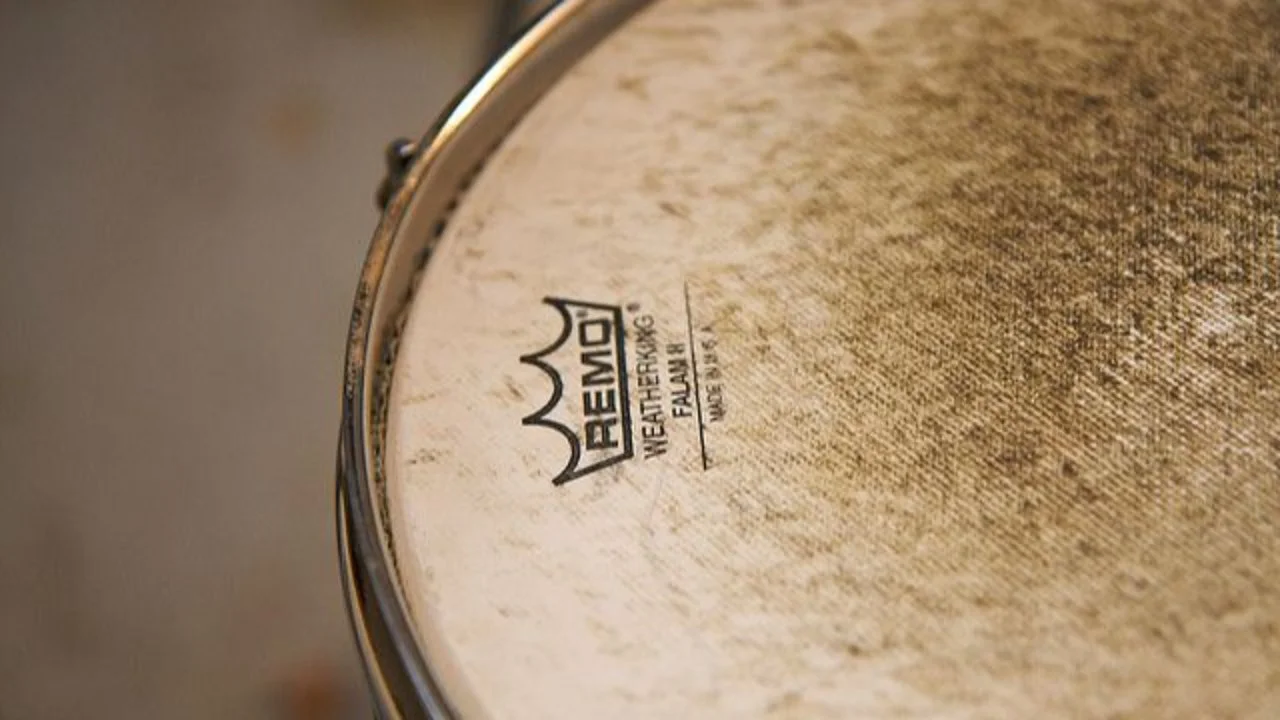When to Replace Your Drumheads
Here's something every drummer needs to understand: you are the most important factor in how your drums sound. A skilled drummer can make a budget kit sound incredible, while even the most expensive drums will fall flat in the wrong hands.
That said, there's one piece of advice you'll hear from every pro drummer, studio engineer, and experienced musician when asked about improving drum sound: replace your heads.
Most drummers know this, but the real question is when should you actually do it?
The Clear Signs It's Time for New Heads
Obviously, if there's a hole in your drum head, you're past due. But beyond that obvious red flag, here are four signs your heads are ready for retirement:
1. Your Drums Won't Hold a Tune
Just like guitar strings, drum heads lose their integrity over time. When heads are worn out, they lose their ability to produce clear tones and hold proper tuning. If you're trying to get that deep, punchy sound from your toms but can only achieve something decent in the higher registers, your heads have likely lost their elasticity.
This is especially noticeable when you're cranking the tension rods but still can't reach the pitch you want.
2. Visible Wear and Damage
Heavy hitters will see this sooner, but every drummer will eventually notice dents and that characteristic "dished out" center where the stick consistently hits. This isn't just cosmetic—when the head starts stretching unevenly like this, it can't sit properly on the bearing edge.
Here's the thing: when your head starts looking like a satellite dish, it's not doing its job anymore. That bearing edge isn't getting the love it deserves.
3. Coated Heads Losing Their Coating
If you use coated heads for that warm, controlled sound, pay attention to the coating itself. Once it starts wearing off, you're losing the main reason you chose coated heads in the first place. Partial coating creates uneven response across the head surface.
4. Timing Matters: New Gigs and Sessions
Certain situations call for fresh heads regardless of their current condition. Studio sessions are the obvious example—you want your drums sounding their absolute best when you're being recorded.
New venues and different acoustic environments also benefit from fresh heads, as they'll respond more predictably and give you better control over your sound.
Shoutout to church drummers: Y'all are putting in work. Multiple services, weekly rehearsals, youth events—your heads are working overtime. Budget for new heads like you budget for coffee (which, let's be honest, is essential for Sunday morning services).
Practical Guidelines for Replacement
Let's be realistic—most of us don't have endorsement deals, and quality heads aren't cheap. Here's a practical approach:
Regular gigging: Every 5-7 performances is a good baseline, depending on how hard you play and the length of your sets.
Heavy practice schedule: If you're putting in hours daily, consider replacing heads every 3-6 months.
Casual playing: Trust your ears more than a strict timeline. When something sounds off, investigate.
Bottom Line
Your ears don't lie. When your drums start sounding flat, lifeless, or just plain off, it's probably head replacement time. Don't overthink it—if you're questioning whether they need changing, they probably do.
Remember: you can have the sickest chops in the world, but if your heads sound like trash, your whole kit sounds like trash. Do yourself (and everyone listening) a favor and keep those heads fresh.
Now stop reading and go check your heads.


